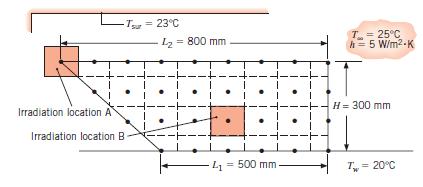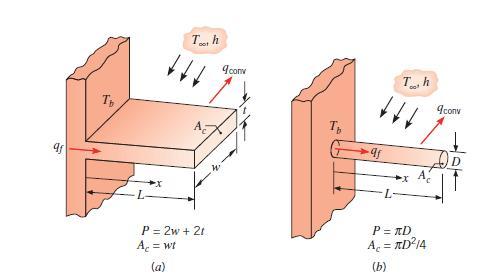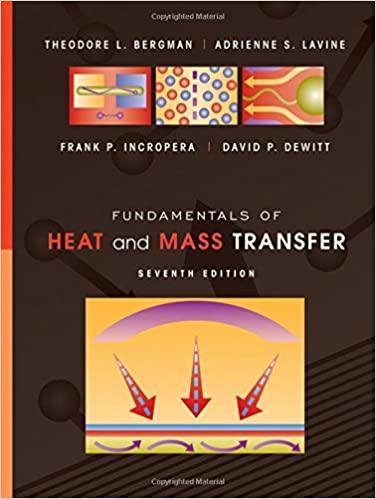Consider Problem 4.51. (a) The students are each given a flat, first-surface silver mirror with which they
Question:
Consider Problem 4.51.
(a) The students are each given a flat, first-surface silver mirror with which they collectively irradiate the wooden ship at location B. The reflection from the mirror is specular, and the silver’s reflectivity is 0.98 The solar irradiation of each mirror, perpendicular to the direction of the sun’s rays, is GS = 1000 W/m2. How many students are needed to conduct the experiment if the solar absorptivity of the wood is αw = 0.80 and the mirror is oriented at an angle of 45° from the direction of GS?
(b) If the students are given second-surface mirrors that consist of a sheet of plain glass that has polished silver on its back side, how many students are needed to conduct the experiment?

Data From Problem 4.51
An ancient myth describes how a wooden ship was destroyed by soldiers who reflected sunlight from their polished bronze shields onto its hull, setting the ship ablaze. To test the validity of the myth, a group of college students are given mirrors and they reflect sunlight onto a 100 mm X 100 mm area of a t = 10-mm-thick plywood mockup characterized by k = 0.8 W/m · K. The bottom of the mockup is in water at Tw = 20°C, while the air temperature is T∞ = 25°C. The surroundings are at Tsur = 23°C. The wood has an emissivity of ε = 0.90; both the front and back surfaces of the plywood are characterized by h = 5 W/m2 · K. The absorbed irradiation from the N students’ mirrors is GS,N = 70,000 W/m2 on the front surface of the mockup.

(a) A debate ensues concerning where the beam should be focused, location A or location B. Using a finite difference method with Δx = Δy = 100 mm and treating the wood as a two-dimensional extended surface (Figure 3.17a), enlighten the students as to whether location A or location B will be more effective in igniting the wood by determining the maximum local steady-state temperature.

(b) Some students wonder whether the same technique can be used to melt a stainless steel hull. Repeat part (a) considering a stainless steel mockup of the same dimensions with k = 15 W/m · K and ε = 0.2. The value of the absorbed irradiation is the same as in part (a).
Step by Step Answer:

Fundamentals Of Heat And Mass Transfer
ISBN: 9780470501979
7th Edition
Authors: Theodore L. Bergman, Adrienne S. Lavine, Frank P. Incropera, David P. DeWitt





